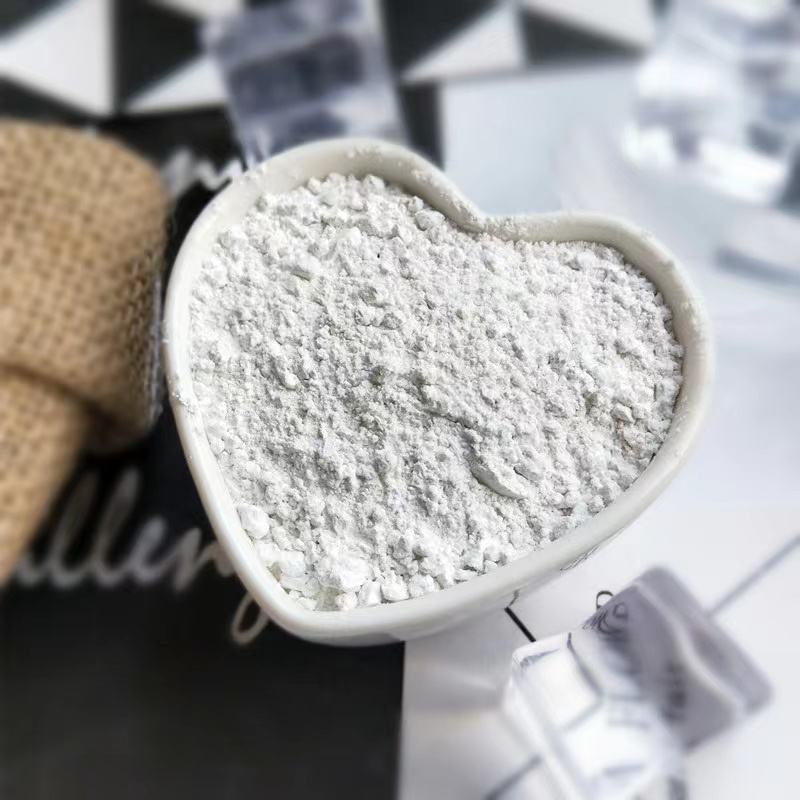
Caffeine runs deep in our food supply. Today we can we find caffeine not only in the usual sources, like coffee and energy drinks, but also in less-suspected products, like chewing gum and protein bars. Caffeine is a naturally occurring stimulant and one of the most widely used psychoactive compounds in the world. For many people, when waking up in the morning is a struggle or when that afternoon lull in energy comes around, a quick caffeine pick-me-up can help increase feelings of alertness and even boost productivity before the close of the workday.
However, different human bodies have a range of caffeine sensitivities, and some may feel the stimulant effects of a cup of coffee more than others. The time it takes a person to metabolize caffeine depends on a range of factors, such as age, body weight, any medications they are taking, liver health, and more. In other words, an afternoon coffee may be correlated with a restless night for one person and a peaceful night for another. Although caffeine is generally seen as safe for the healthy adult population, dosage can be a major consideration for each person. The U.S. Food and Drug Administration currently recommends up to 400 milligrams (mg) per day (or about four cups of regularly brewed coffee) for healthy, non-pregnant adults. However, with the increasing widespread use of energy shots and drinks, it can be easy to exceed this limit with just a couple of drinks without noticing—and overuse of caffeine has been associated with potential acute and chronic adverse health effects. Signs of caffeine toxicity range from mild symptoms—such as headache and nausea—to severe—such as anxiety, seizures, and cardiac arrhythmia.
Although most caffeinated products voluntarily provide information about their caffeine content on their front labels, in the U.S. the only labeling requirement for foods and beverages is for caffeine to be included in the ingredient list. This means the exact amount of caffeine isn’t always transparent to consumers. And for natural sources of caffeine, like tea and coffee, the amount of caffeine can also vary based on where the plant was harvested and processed and how the beverage was brewed. Although there are more than 60 plants that contain caffeine, only a few of these are well-known sources in the U.S. Caffeinated plants that are becoming more popular in the U.S. food supply include guarana, yoco, yerba mate, guayusa, yaupon holly, and kola nut. However, there seems to be a misperception about the stimulant effect of naturally occurring caffeine. Only about one-third of Americans surveyed in the 2018 Food and Health Survey knew that natural sources of caffeine act the same as added sources of caffeine. knew that natural sources of caffeine act the same as added sources of caffeine.
Other factors can also influence the effects of caffeine, such as whether a person is taking certain medications or consuming alcohol. It’s important to be aware of how any medications you’re currently taking may interact with caffeine, and it’s also recommended to avoid consuming alcohol with caffeine doses of more than 200 mg. Acute caffeine toxicity generally only occurs when a high dose of caffeine is ingested in a short period of time, so it’s advised to avoid products that contain pure or high concentrations of caffeine. If you choose to consume more caffeine, it’s recommended to slowly incorporate more sources of mild caffeine, such as tea, to help establish your body’s tolerance level.
When it comes to caffeine, it’s also important to be aware of the various sources of caffeine in your everyday dietary pattern. If you consume multiple sources of caffeine on a regular basis, you are likely easily approaching the daily recommended limit. Tools like the caffeine calculator can be helpful when figuring out just how much caffeine consume. Whether or not you consciously choose to consume caffeine, more sources of caffeine are finding their way into foods and beverages, so it’s important to read the ingredients list and be mindful of the products you’re choosing.



